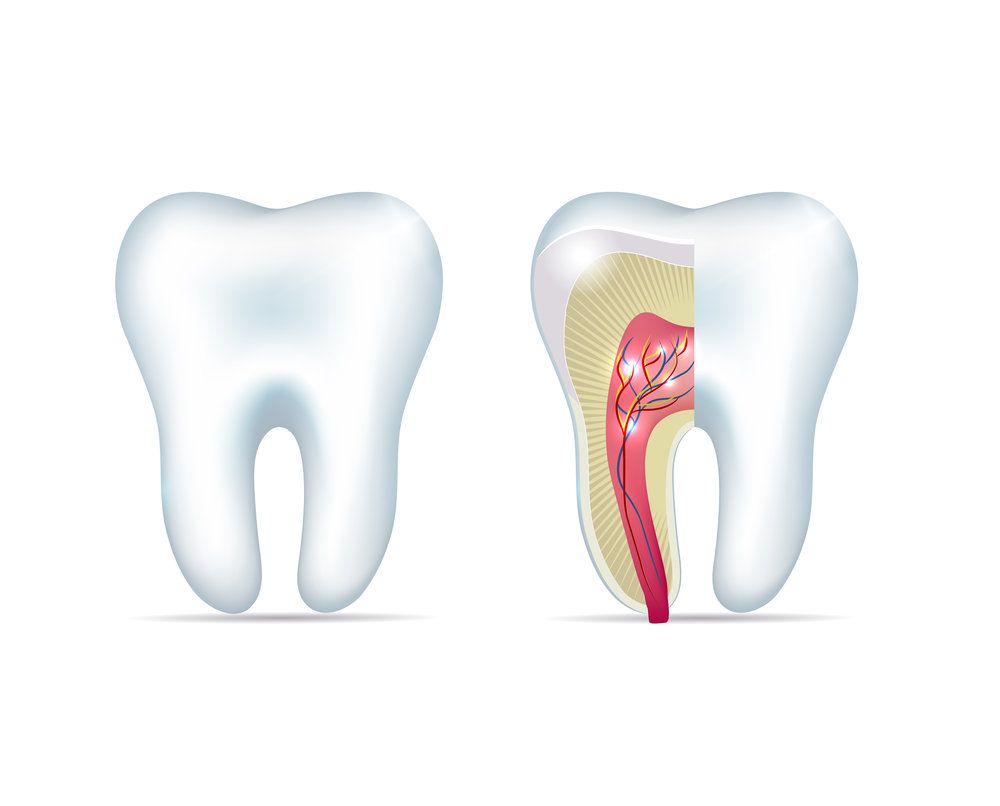Treating Dental Cavities
 Dental problems such as cavities can threaten a person’s oral health and compromise the structure and strength of the teeth. While a dental cavity is generally considered a minor problem in its early stages, it can progress and cause more serious problems. Restorative dentistry treatments rebuild tooth structure and block out harmful bacteria to preserve tooth health. Dr. Alex and Dr. Jason Hecht offer several treatments for cavities at our Staten Island practice. While a dental filling is the most common form of cavity treatment, other options are available to those with more advanced stages of decay.
Dental problems such as cavities can threaten a person’s oral health and compromise the structure and strength of the teeth. While a dental cavity is generally considered a minor problem in its early stages, it can progress and cause more serious problems. Restorative dentistry treatments rebuild tooth structure and block out harmful bacteria to preserve tooth health. Dr. Alex and Dr. Jason Hecht offer several treatments for cavities at our Staten Island practice. While a dental filling is the most common form of cavity treatment, other options are available to those with more advanced stages of decay.
What Is a Dental Cavity?
A dental cavity is one of the most common dental problems, but there are still many patients who do not know exactly what a cavity is. A patient who has a cavity has developed a hole that has penetrated the protective enamel and into the inner structures of the tooth. Cavities are caused by tooth decay, which can progress and cause tooth loss.
Cavity Treatment
To treat a cavity, the tooth needs to be cleaned to remove bacteria, plaque, and tartar. These substances eat away at tooth enamel, so all unhealthy portions of the affected tooth must be removed. Next, Dr. Hecht will replace any tooth enamel that has been lost to decay. The tooth restoration will seal the tooth and prevent bacteria from entering the roots of the tooth.
We use the following types of restorations to treat cavities:
- Dental fillings: Dental fillings are the most common treatment for cavities. Dental fillings involve the application of a dental compound to areas of the tooth that have been damaged by decay. This material fills in the cavity and blocks out bacteria. For the majority of patients suffering from a cavity, a dental filling is the most appropriate treatment option.
- Inlays and onlays: Inlays and onlays are used when a cavity has grown too large to be repaired by a dental filling. Inlays and onlays are fabricated in our dental laboratory and then bonded to the surface of the tooth to replace structure that has been lost from the surface of the tooth (including the biting surface or the cusps).
- Dental crown: A dental crown may be necessary when severe tooth decay has damaged the tooth. Dental crowns enclose a damaged tooth, lending it the strength and support it needs to maintain normal oral function such as biting and chewing.
Our goal is to preserve as much natural tooth structure as possible. Therefore, we typically recommend the most conservative dental treatment option. However, in order to restore the strength and health of the tooth, more extensive restorative treatments will be considered when necessary.
Schedule an Appointment
When it comes to dental cavities, early treatment is the key to preservation of healthy tooth structure. If you suspect that you may be suffering from a cavity, schedule an appointment with Dr. Hecht at your earliest convenience to discuss your treatment options. We look forward to hearing from you.



